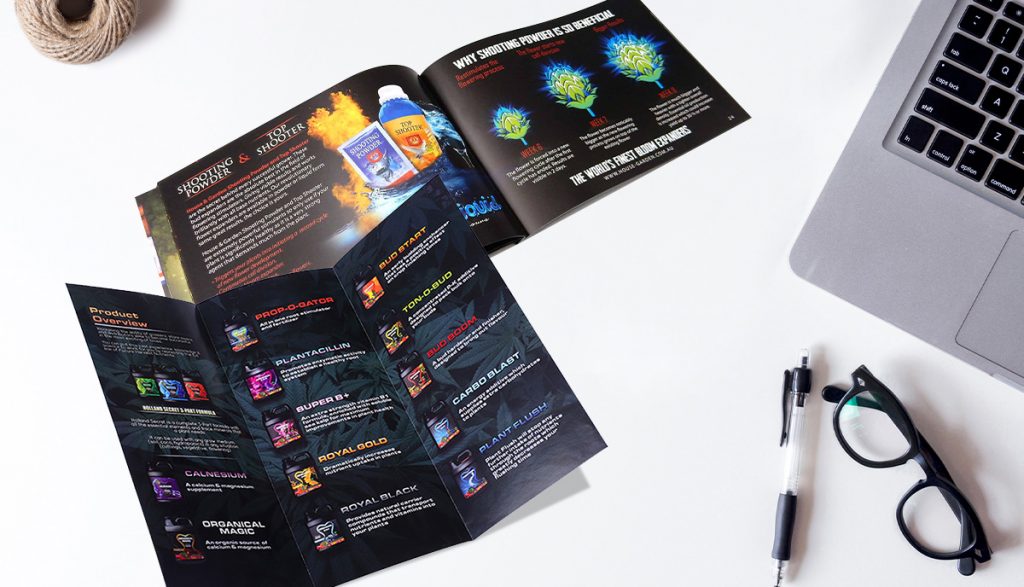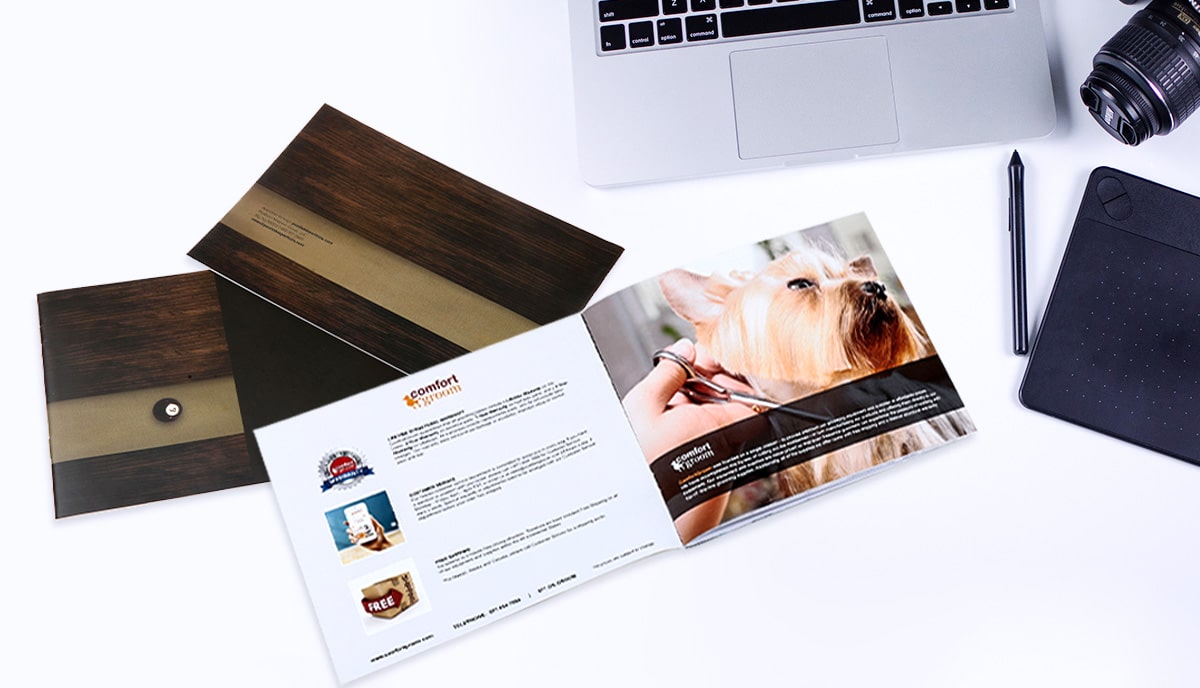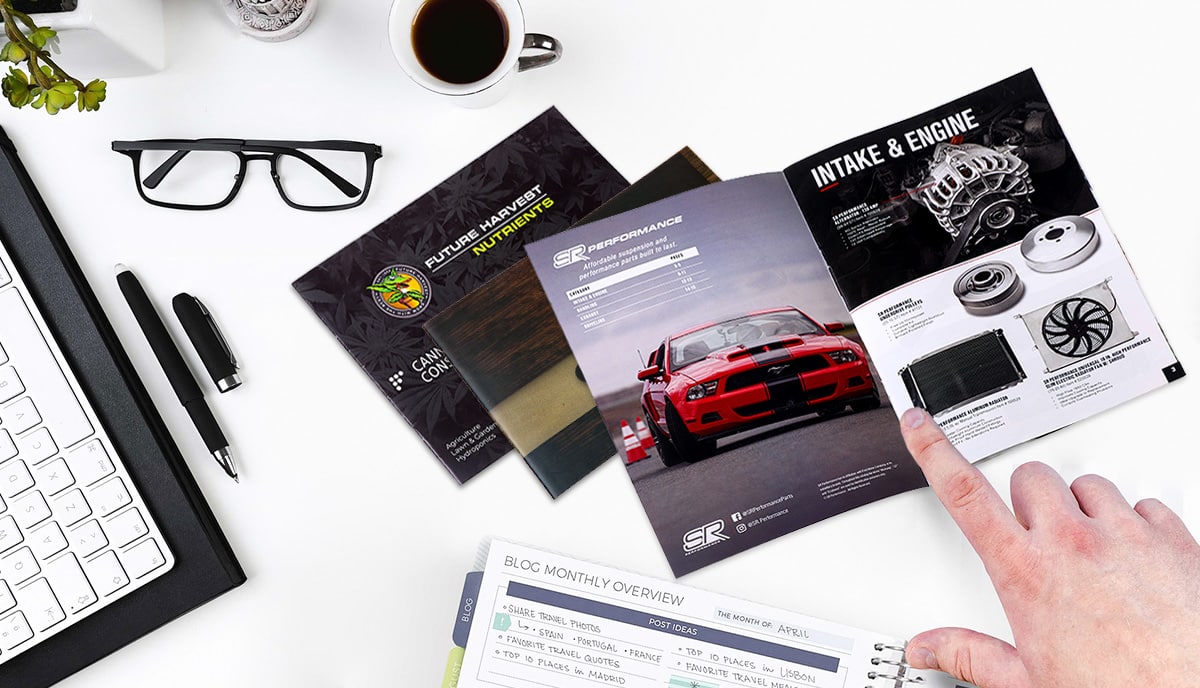In the age of digital data analysis, many businesses lose out because they assume that results from a print marketing campaign can't be gathered. But they're wrong

In fact, it's precisely the digital revolution that has made data-gathering from print advertising easier than ever! So, don't miss a trick or undermine the power of your offline marketing campaigns by falling for the false notion that you won't be able to analyze their efficiency. Let's dive in!
The key is in the codes
It's been standard practice to offer special vouchers, coupons, and discounts in flyers, leaflets, brochures, catalogs and more since marketing began. It still works wonders to generate leads and sales. But gathering data from, and tracking consumer responses to, printed marketing materials, was always tricky. Not anymore.
All you need do is generate a unique, traceable code and add it to your coupon or discount offer. The consumer can then bring the coupon in-store to exchange it for whatever their reward may be; or they must type the code into an online form to receive their goods or discount. In both scenarios, the code comes back to you, and when it does you know that the purchase or subscription came via your printed materials. How easy is that?
Use tracking URLs
Most of the time these days, when we're busy with offline, printed advertising, we're ultimately aiming to drive traffic to a website, blog, e-commerce store, or an online catalog. In other words, the printed promotional material is the bait that draws the prospect into the online sales funnel.
Now, with an email campaign, it's easy to track and trace the origins and click-throughs of your customers with a simple pixel tracker. But how do you know the origin of an online engagement that came from an offline source? Easy. In your call to action, you leave a dedicated short URL with a tag at the end which associates it with the flyer, brochure, catalog, or other printed marketing. When you analyze your web traffic, you'll be able to locate and isolate all interactions which originated from that campaign.
QR codes
We've all become so used to QR codes now, that we barely think about them. We use them to get information in museums, to see what time the next bus is going to roll along, to order a beer and a sandwich, book a ticket for the movies, and more. Almost everyone has a smartphone nestled in their pocket or handbag. Adding printed QR codes to all your offline marketing material is a must these days. It's so much easier to scan a QR code than type in a URL. And people love to do it. It instantly satisfies curiosity. So, it's a great way to drive traffic and make sales, grow your subscriber list, and more.
Dedicated phonelines or email addresses
For most medium to larger sized business, setting up a few dedicated lines is nothing new. But you can use a dedicated phone line, even if it's an unmonitored automatic response service, to track customer responses to printed marketing by only releasing that number in the call-to-action. Then you know that every call that logs to that line has come from your offline campaign.
Run a survey
Surveys are often overlooked, but they're great ways of finding out at what point your customers entered the sales funnel. We've all been asked to tick an option in a drop-down box to say where we heard of the brand: an Internet search, from a friend, in a newspaper, etc. Sure, some of the time, people will just click away. But you may be surprised just how many people are happy to fill in all those forms! Especially if you incentivize them to do so with a special offer or discount.
What kind of print marketing works best?
There's no one kind of print marketing that works best. All print marketing has its place. The key to success is to match the appropriate medium with the right market and target demographic to maximise your return on investment and get the best responses. So, the first step in an off-line print marketing campaign — whether it's leafleting, distributing brochures, publishing a high-end product catalog, a magazine, or a newsletter, for example — is always market research. Of course, once you start a campaign and you are using any of the above methods to track and trace customer responses, and gather data for analysis, you will also effectively be doing ongoing market research.
Which brings us to the idea of multilevel A/B testing.
What is A/B testing?
A/B testing is a fundamentally simple but scientific approach to working out which campaigns — or elements of campaigns — are working and which are not. It can work at a macro level or to increasingly granular micro-levels down to analysing the performance of a single word or image.
At the macro level, for example, you might publish two versions of the same catalog but each with a different color scheme on the cover. You then monitor the sales from each version and compare them. If everything else in the catalog is identical, and there is a statistically significant difference in the sales figures, then you know which style of cover appeals most to your target demographic.
At the micro level, you might publish a dozen different versions of the catalog, or a brochure, say, each with a different call to action or the call to action in a different place. Again, using codes as described above, you could gather data about the effectiveness of each call to action.
So, once any print marketing campaign is going — so long as you have built coding and tracking into the design — you can create an infinitely flexible, exploratory, data gathering and analysis machine to inform your future off-line print marketing efforts. It is science, but it's not rocket science!
The bottom line
As you can see, it's not only possible but also relatively straightforward to set up data gathering systems across a range of printed marketing materials and integrate them with your online marketing campaigns, too.
So, don't be put off print marketing — which according to all the recent studies shows no sign of slowing down as one of the most efficient and cost-effective forms of marketing outreach — just because you think you won't be able to grab the data for analysis. All it takes is awareness, forethought, a little smart planning, and building tracking codes into your print design. In many ways, nothing could be easier!
Talk to us!
At QinPrinting, we collaborate with businesses large and small from all sectors, verticals, and niches to develop highly-targeted and effective print marketing materials designed not only to look beautiful and appeal to a specific customer demographic, but also to increase your chances of getting a good return on your investment.
With 25 years' success in the industry and counting, a knowledgeable and enthusiastic team of print marketing experts, state-of-the-art technology, and a genuine commitment to customer service, you'll find that we deserve our positive global reputation as one of the best offset printers for enterprise clients.
We believe that the heart of good business is communication. You can get in touch with us easily either by telephone, email, Skype, our online chat, or the contact form. We'd love to hear from you to talk through your ideas and to offer our best advice and technical support in creating an excellent and effective print marketing campaign. We look forward to working with you.









